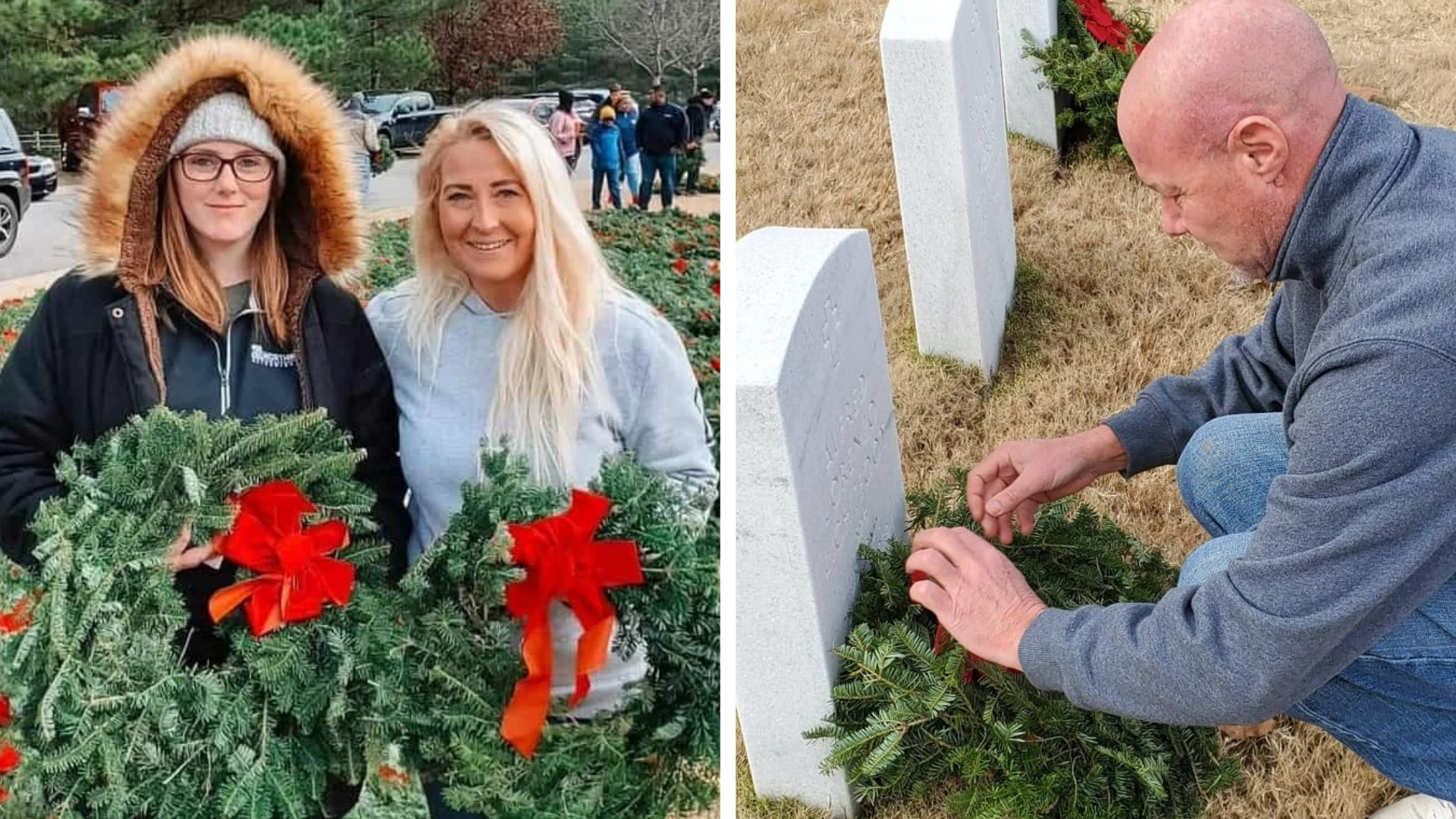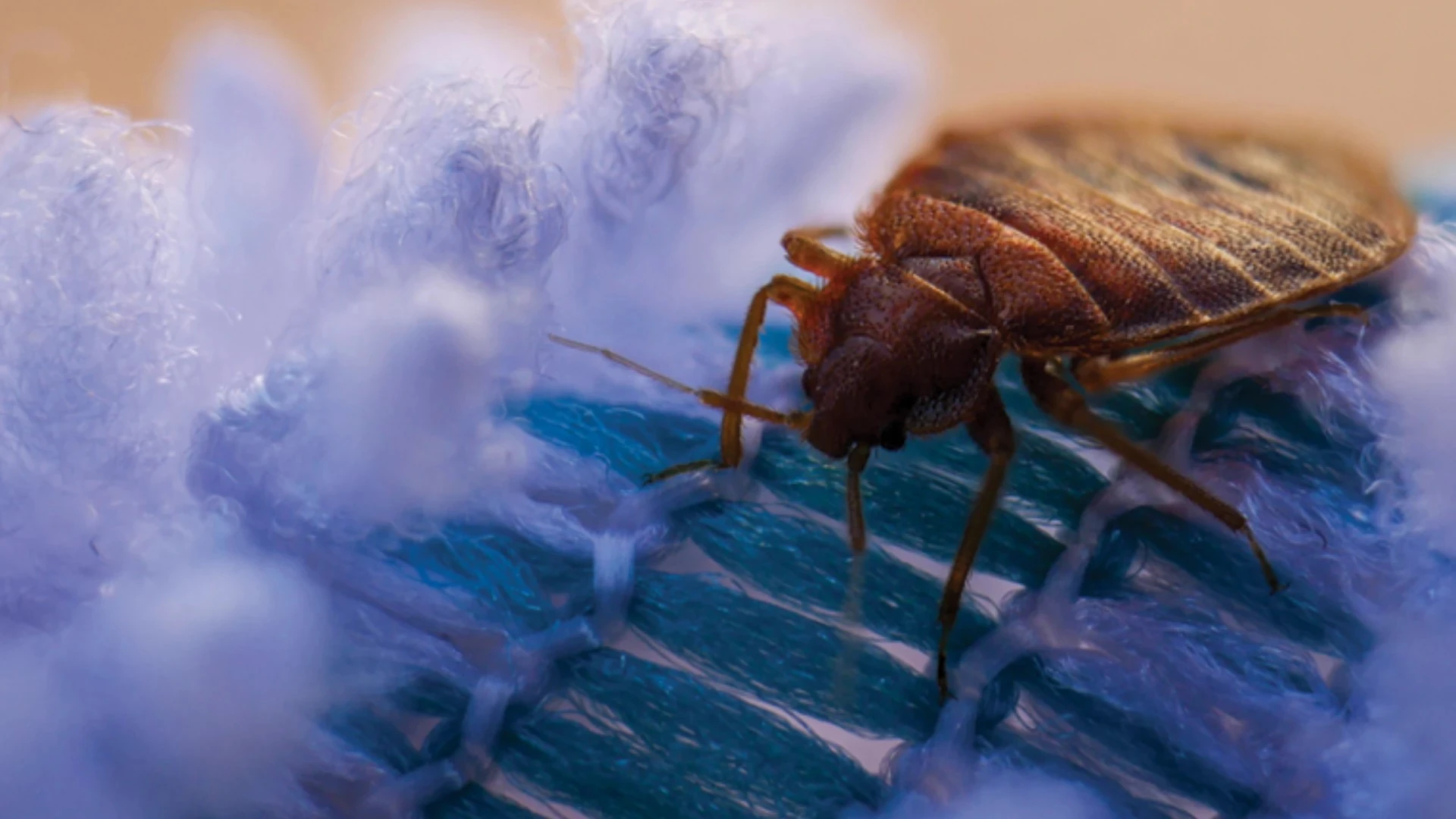While cockroaches were the No. 1 pest in the United States years ago, ants have taken their place as the most economically important pest species. At his presentation at NPMA’s 2009 PestWorld conference, Dr. Gary Bennett, professor of entomology at the Center for Urban and Industrial Pest Management at Purdue University, emphasized the importance of knowing the biology, behavior and control strategies of particular ant species. He identified several ant species that are most important and provided information on their biology, behavior and control.
Pavement ant. The pavement ant is one of most economically important ant species today. This brownish ant can be identified by its longitudinal ridges that go up and down its head and are on its thoracic area.
It is principally an outdoor ant but will readily nest in walls or under slabs. It has one queen. Since this outdoor ant has a tendency to nest along asphalt, pavement areas and slabs, it builds conical piles of material around holes that go into the ground.
Carpenter ants. The largest of common ant species, the carpenter ant is black and between ¼- and ½-inch long. Some species are reddish-brown in color. It hollows out areas in wet or decayed wood around eaves of a roof line, attics and close to plumbing (under a sink is common place to find a nest). While it prefers damp, decaying wood, it also can be found in hollow voids. "Typically we find a great majority of nests outdoors in hollow trees, firewood piles and rotting fence posts, where moisture affects wood decay," Bennett said. The nests are difficult to find.
Because carpenter ants prefer wood that is damaged by moisture or fungi, PMPs should look in areas where moisture is a problem. Though few firms perform carpenter ant work at night, that’s the best time to see them trailing through grass or on overhanging tree limbs. It is easy to trace them back to the source when you can see them trailing. This information determines whether you need to perform a perimeter treatment or focus inside a structure.
Bennett explained carpenter ants set up satellite nests away from the focal nest, where PCOs need to perform a treatment, if possible. A satellite colony may occur inside a structure with the parent colony in a tree or firewood pile away from structure. Workers foraging for food sometimes get far enough away from the parent colony where traveling back and forth is impossible, so they set up satellite a colony of mostly workers. Reproduction, however, is going on in the parent colony, not in a satellite colony. That’s why you can eliminate a satellite colony and still have carpenter ant problems.
If nests are located inside, it can be difficult to treat them. If the nest is outside, often you will not be able to find it if it’s in the top of a tree or other hard-to-access area. "You have to develop pest management strategies according to what you can find or access," Bennett said. "If nests are outside, you’ll want to treat the perimeter of the structure around the base of the foundation so workers are not continually coming inside to access food. If the nest can be found inside, you may have to drill and dust. Most of the time, fumigation is not economically feasible. Baits are hit or miss in various parts of country. For whatever reason, carpenter ant workers don’t get bait back to the parent colony."
Acrobat ants. Acrobat ants like decayed wood, i.e., a firewood pile, rotting tree or fence posts. They are dark in color and workers have a heart-shaped abdomen. When moving rapidly, they hold their "tail" in the air, making them easy to identify.
They usually can be found foraging in open areas in day-time hours. They build mounds and are not principally a wood infesting ants. Though they prefer to nest in soil, they will occupy moisture-damaged wood like carpenter ants. Acrobat ants are, however, active in the day time and feed on a variety of foods so baiting is difficult.
They enter structures from the outside for the most part but forage indoors frequently. They rarely take baits so residual liquids are the preferred treatment for this ant species.
Pharaoh Ant. Pharaoh ants are found everywhere and are the smallest ants PMPs will work with in most situations. They are a yellowish color and are found nesting throughout buildings in wall voids or other void areas. Control is more complicated because these ants have more than one queen so there are many reproductive ants in the colony. The other problem with Pharaoh ants is that the colony will split up and spread throughout a building. "Spraying inside stimulates the colonies to bud, or break off, even further. So you don’t want to use sprays. Baiting is the best strategy but it takes lots of hard work and time to identify what they are eating and get them to come to the bait, consume it and take it back to the colony," Bennett said.
As far as baiting is concerned, the goal is for worker ants to collect bait, take it back to the colony before it dies, and distribute it among the larvae, pupae and queens to kill the colony. "The key is being persistent, making sure you’re providing the kind of food source the ant prefers, monitoring ant problems and eliminating the source of the infestation," Bennett said.
Argentine ant. The Argentine ant is a tropical or subtropical species found in Southern California and across the South. It nests principally outdoors, is a medium to small brown ant and occurs in huge numbers. The Argentine ant out-competes all other species and predominates in areas where it’s a problem. A wide variety of sweet foods appeals to this ant. Colonies can be huge, with multiple queens, so colony elimination is very important.
Odorous House Ant. This relatively small, outdoor ant has become important in the U.S. in recent years and has moved indoors in areas where its range has expanded as winter temperatures warmed. It has a lot in common with the Pharaoh ant in that budding of colonies takes place so PMPs are not dealing with just one nest or colony. It nests under slabs or in wall voids and there may be multiple colonies. "Because they may be scattered with multiple colonies, be aware so you don’t focus your baiting program in one location," Bennett said. They prefer sweet foods. Colony budding occurs so if you disturb a nest, they will split up and move around the building.
Odorous house ants are more difficult to bait than any other ant in the Midwest. "Feeding is localized so control depends on having a number of bait stations in place close to foraging trails so the ant picks up the bait and takes it back to the nest and parent colony. Repeat baiting is necessary to keep it fresh," Bennett said.
CONCLUSION. All ant species are social insects so pest management professionals must deal with lots of pieces to the ant control puzzle. Knowing the biology and behavior of species is critical in implementing IPM strategies. Additionally, keep in mind worker ants forage for food and moisture and take food back to the queen(s), larvae, pupae and reproductives that will be swarming at some point.
The author is owner of Compelling Communications (www.compelcom.com), Manchester, Mo. E-mail her at jvanklaveren@giemedia.com.

Explore the March 2010 Issue
Check out more from this issue and find your next story to read.
Latest from Pest Control Technology
- Rentokil Terminix Expanded in Key Markets with 2024 Acquisitions
- In Memoriam: Joe Cavender
- Certus Acquires Green Wave Pest Solutions
- Liphatech Adds Alex Blahnik to Technical Team
- Do the Right Sting: Stinging Insect Identification, Management, and Safety
- VAGA's 8th Annual Veterans Thanksgiving Appreciation Dinner
- Clark's Blair Smith on the Response to Increased Dengue Fever Cases in Southern California
- WSDA, USDA Announce Eradication of Northern Giant Hornet from U.S.





